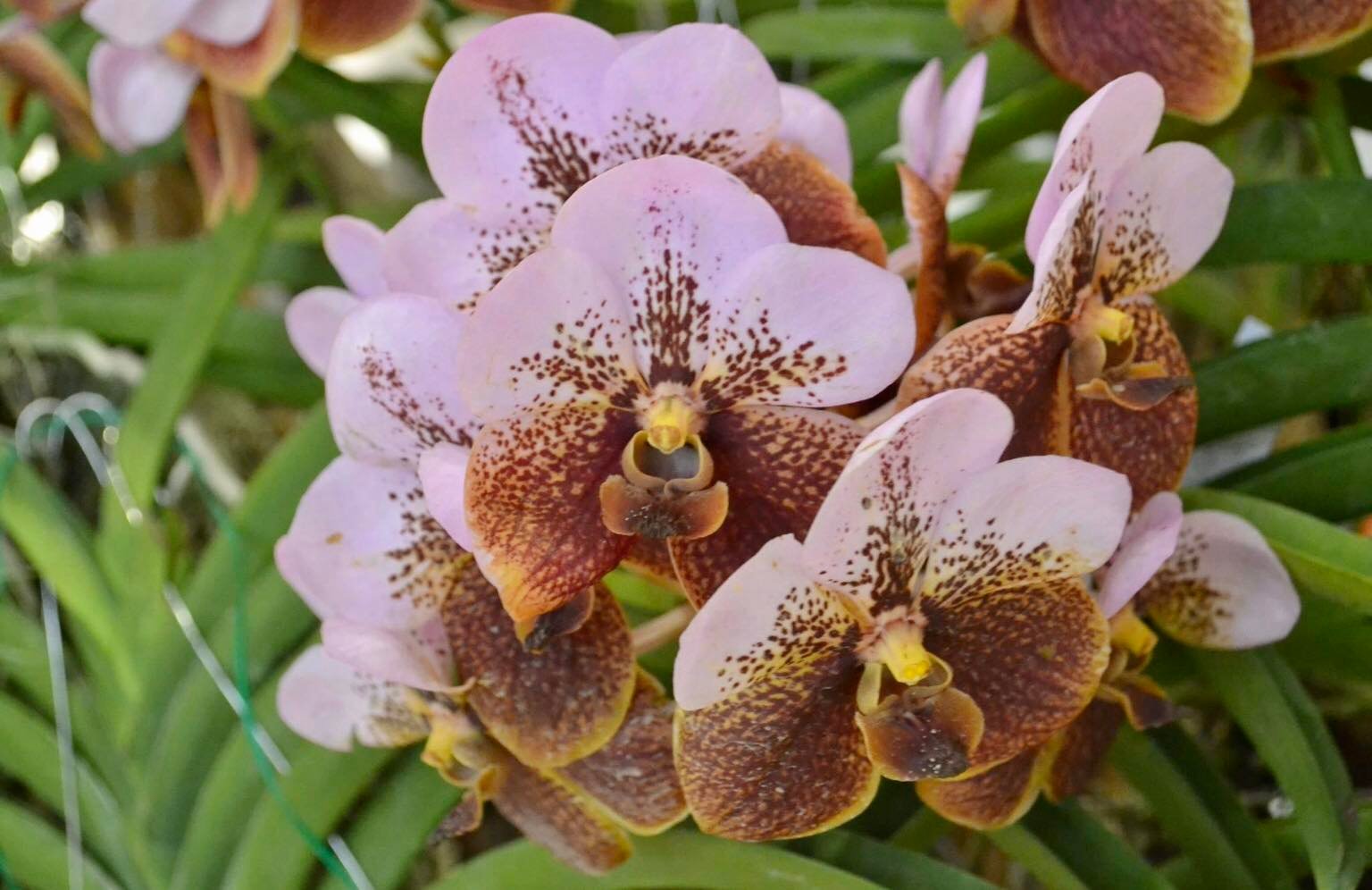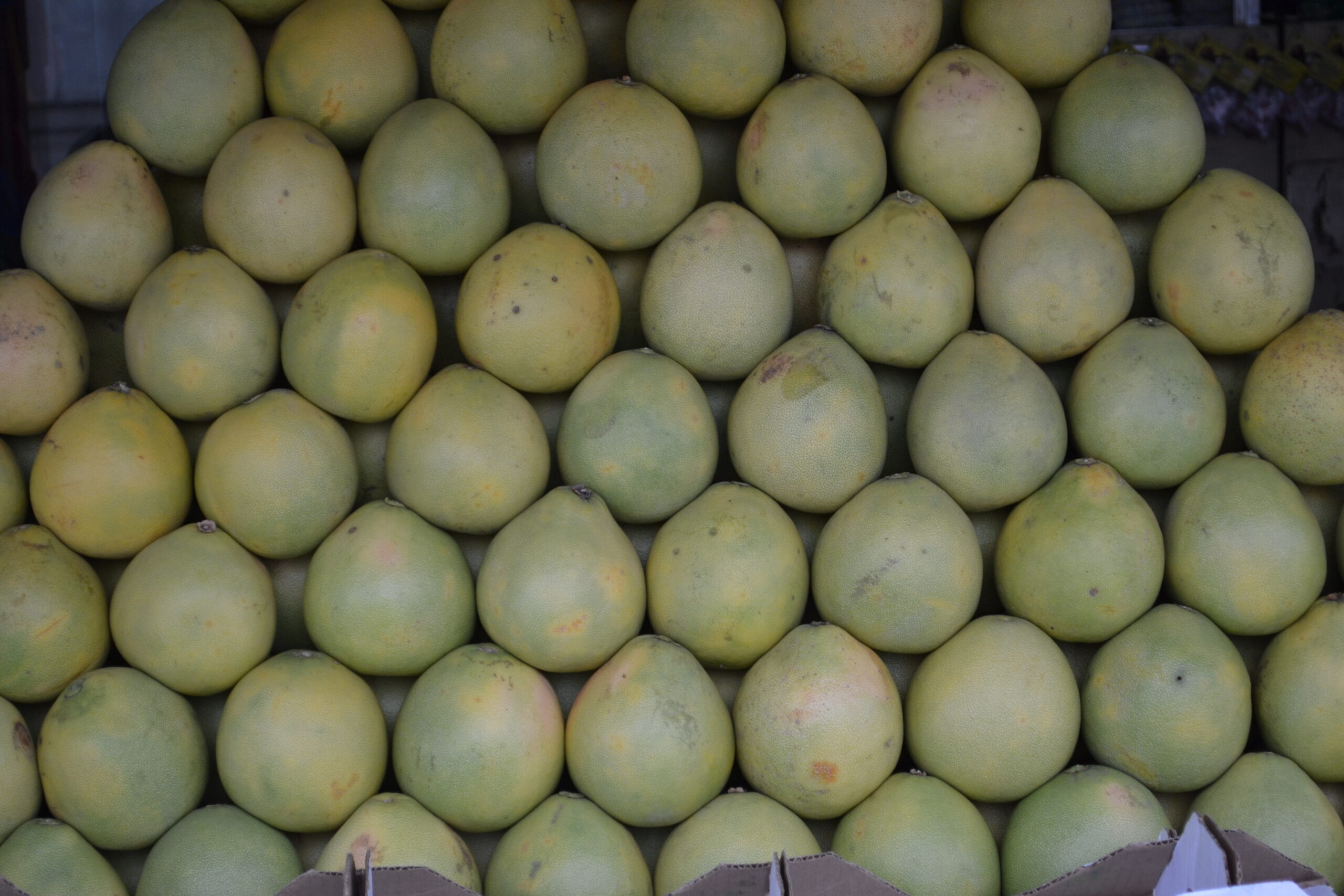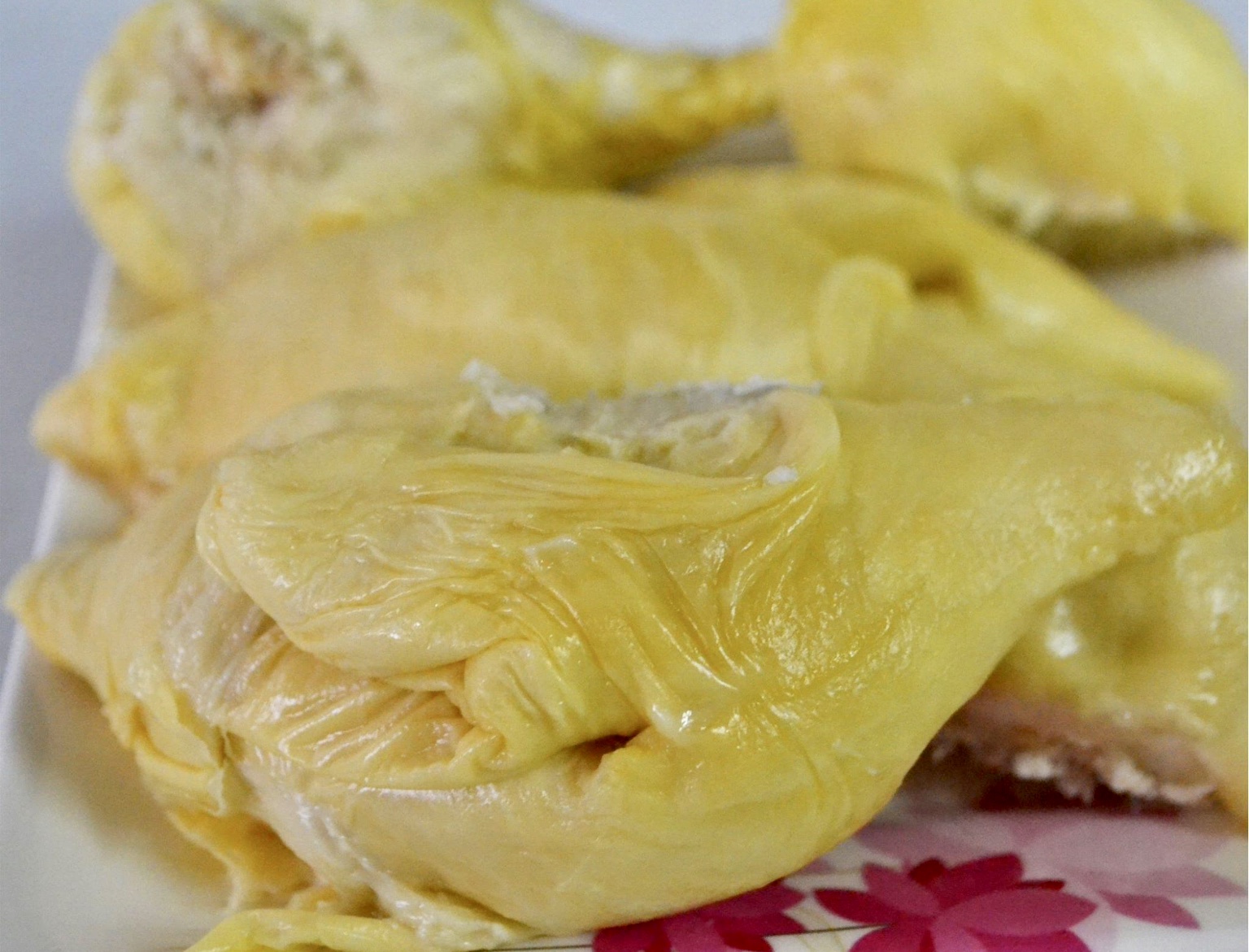Text and Photos by Henrylito D. Tacio
Mention Davao and what comes into your mind – The philippine eagle (the country’s bird icon), President Rodrigo R. Duterte, No Smoking, the country’s biggest city in terms of land area, and Kadayawan (Mindanao’s festival of all festivals).
Of course, Davao is also considered the durian republic because of the controversial fruit. Durian is famous for its odor. The opinions about the qualities of that odor are quite the opposite! Most Asian people say that the odor of the durian is comparable to a perfume. Other people, especially foreigners, say that the fruit, when the skin of the fruit is opened, stinks. “It smells like hell and tastes like heaven” is how some foreigners describe the fruit. Listening to foreigners, the conclusion can be as follows: “You can stand the taste of the durian fruit, but not the smell.”
The following limerick says it all:
The durian – neither Wallace nor Darwin agreed on it.
Darwin said: “May your worst enemies be forced to feed on it.”
Wallace cried, “It’s delicious.”
Darwin replied, “I’m suspicious…
“For the flavor is scented like papaya fermented, after a
Fruit-eating bat has pee’d on it.”
If durian is the “king of fruits,” then mangosteen is their queen. Mangosteen is believed to have “cooling” effects that counteract the “intense heat” emitted by durian. The fact that the fruiting seasons of these two tropical fruits coincide makes these titles particularly apt.
Mangosteen is usually eaten fresh as dessert. Hold the fruit with the stem-end downward; take a sharp knife and cut around the middle completely through the rind, and lift off the top half, which leaves the fleshy segments exposed in the colorful “cup” – the bottom half of the rind. Lift out the segments by fork.
A Westerner, who once traveled to Asia, wrote after eating the fruit: “The pulp melts away in your mouth after the manner of a ripe peach or strawberry; it has a taste which nobody can describe any more than he can tell how a canary sing or a violet smells….”
Both durian and mangosteen are top “pasalubong” items from Davao City to Manila, Cebu, and other parts of the country.
Another on the list of “pasalubong” is pomelo, known in the science world as Citrus maxima. Pomelo has actually found more uses in the Dabawenyo cuisine than what was traditionally practiced. Aside from being consumed raw, pomelos are now used in the preparation of juices and salads. But more than that, it is the fruit’s long shelf life which makes it an attractive “pasalubong” product.
A report from the Department of Agriculture (DA) shows that the Davao Region is still the top producer of pomelo in the country with a production volume of 39 percent, only higher by one percent compared to the Cagayan Valley Region.
Another “pasalubong” that most people bring from Davao is the orchid, particularly the hybrid of waling-waling.
Waling-waling “is one of the finest orchid species endemic to the Philippines, desired by orchid growers and breeders alike for its showy and attractive flowers and ability to impart its vigor and floral characteristics to its progeny,” wrote Dr. Helen Valmayor in her book Orchidiana Philippiniana.
“A Pictorial Cyclopedia of Philippine Ornamental Plants,” described the exotic waling-waling in these words: “The flowers are flat, to eight centimeters across; the sepals and petals are obviate, bluish pink, with buff-yellow stain, and dull-crimson reticulations on the lateral sepals; the lip is small and concave, purple-red at base, strongly recurved and brownish purple at apex; with three prominent keels.”



Waling-waling is known in the science world as Vanda sanderiana. Jose Mari M. Lacandula, who used to write an ornamental column for a national daily, penned: “For its sheer magnificence, the waling-waling was thought by various scholars to be a separate genus altogether, but is now regarded as Vanda subgenus called Euanthe by Christensen in 1993. This sub-grouping was promoted by the conspicuous absence of a saccate spur appendage at the base of the lip sidelobes, giving prominence to a cleft impression at its center, which is typical in all true Vandas.”
The waling-waling, named in an “allusion to a moth in flight,” was discovered on Mindanao in 1882. It used to grow on tree trunks in the rainforests of Davao, Sultan Kudarat, and other parts of the island. It is worshipped as diwata (fairy) by the native Bagobos.
Now, let’s talk about foods, which Davao is also noted for. The cuisine of the city features skewered and grilled meat dishes, but the most common dish served in the city is the “kinilaw,” a close relative of sashimi, made from tuna, mackerel, or swordfish with cucumber (and sometimes radish) and chili soaked in vinegar. The prevalence of this dish has caused the city to be labeled the country’s sashimi capital.
“Kinilaw” means to “cook” in vinegar. It’s not really cooking per se since there is no heat involved. That’s why the term “liquid fire” has been invented for “kinilaw.” Soaking fish or some other seafood in a strong vinegar solution turns the meat opaque and gives it a texture of having been cooked.
“Kinilaw” is a perfect appetizer as it goes wonderful with any drink or mango smoothie. It can be taken as a main course with rice, being really fantastic and delicious. No dish is the best in this world because there are some chances for improvement, thus, you can use many ingredients to make the dish much better.
“Kinilaw” is said to have been introduced by the Japanese who lived in the city scores of years ago since sashimi originated in Japan, and as time passed, the making of this dish spread to other parts of the country.
Aside from “kinilaw,” visitors can also try several durian dishes, snacks, and desserts that include durian ice cream, durian pie, and durian shake.
Happy hunting!

